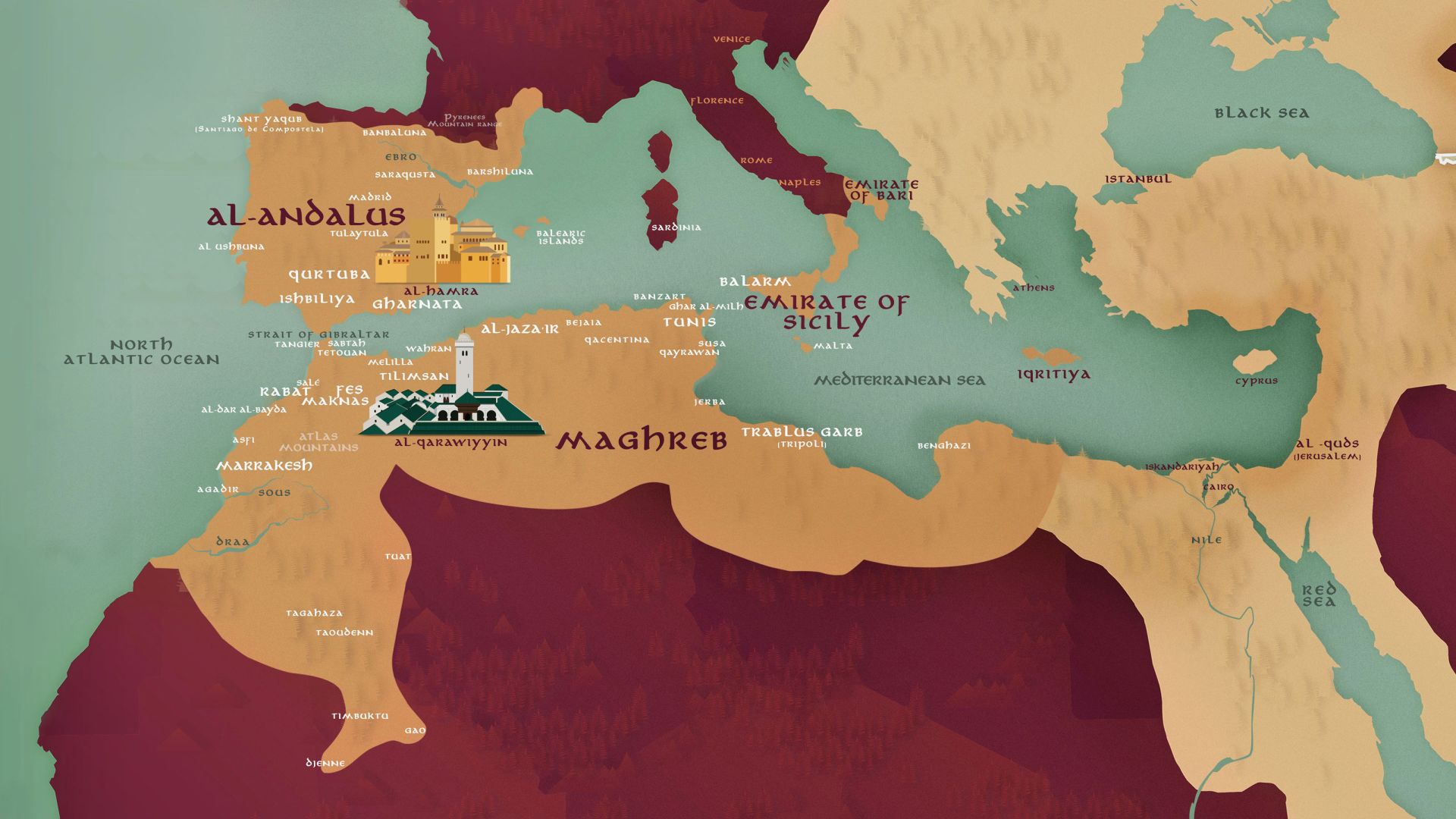inLingo
Jan 22
The Echoes of Al-Andalus: Arabic Influence on the Spanish Language
The Spanish language, a vibrant tapestry woven from diverse threads, bears the indelible mark of its historical encounters. Among the most significant influences is that of Arabic, a legacy of the centuries-long Muslim presence in the Iberian Peninsula, a period often referred to as Al-Andalus.
While the Reconquista ultimately led to the expulsion of the Moors in the 15th century, the Arabic language left an enduring imprint on Spanish, enriching its vocabulary, grammar, and even its very sounds.

Girona, a charming medieval city in Spain’s Catalonia region, offers a journey through time with its well-preserved architecture, narrow cobblestone streets, and iconic landmarks like the Banys Àrabs. This historic site showcases intricate arches, delicate carvings, and ornate details, reflecting the enduring legacy of Islamic art and culture in the Iberian Peninsula.
A Lexicon of Arabic Loanwords
Perhaps the most evident sign of Arabic influence is the abundance of Arabic loanwords that have seamlessly integrated into the Spanish lexicon. These words cover a wide range of topics, from everyday objects to abstract concepts.
Everyday Life: Words like "aceite" (oil), "algodón" (cotton), "azúcar" (sugar), "alcachofa" (artichoke), and "albornoz" (bathrobe) all have Arabic origins.
Agriculture: Terms like "almendra" (almond), "arroz" (rice), "azafrán" (saffron), and "naranja" (orange) reflect the Moorish influence on Spanish agriculture.
Science and Philosophy: Words like "álgebra" (algebra), "alquimia" (alchemy), and "zenit" (zenith) point to the significant contributions of Arab scholars to various fields of knowledge.

Al-Andalus (Arabic: الأَنْدَلُس) was the Muslim-ruled area of the Iberian Peninsula. The term is used by modern historians for the former Muslim states in modern Spain and Portugal.
Beyond Vocabulary: Grammatical and Phonological Echoes
The Definite Article: The Spanish definite article "el/la/los/las" shares a striking resemblance with the Arabic definite article "al". While the Spanish articles have evolved over time, their origins can be traced back to the Arabic influence during the period of Muslim rule in the Iberian Peninsula.
Grammatical Constructions: Some Spanish grammatical constructions exhibit similarities to Arabic. For example, the use of certain prepositions and the structure of some phrases may reflect Arabic influence.
Phonological Traces:
Phonological Traces
The Guttural "j": The presence of the guttural "j" sound in Spanish, pronounced similarly to the "kh" in Scottish "loch," is a notable example of Arabic influence on Spanish phonology. This sound, absent in Latin, is believed to have been introduced to the Iberian Peninsula through contact with Arabic.
Other Sounds: The presence of certain other sounds and sound combinations in Spanish, such as the "z" and "x" sounds, may also have been influenced by Arabic.
It is important to note that while these grammatical and phonological features exhibit similarities to Arabic, they have undergone significant evolution within the context of Spanish. They have been integrated and adapted into the existing framework of the Spanish language, resulting in unique features that distinguish it from other Romance languages.
These subtle yet significant influences demonstrate the profound impact of Arabic on the Spanish language, showcasing how linguistic exchange can enrich and shape the evolution of a language over centuries.
The Enduring Legacy
The Arabic influence on the Spanish language serves as a powerful reminder of the interconnectedness of cultures and the enduring legacy of historical encounters. It is a testament to the enriching power of cultural exchange, even in the face of conflict and change.
The Spanish language, with its vibrant blend of Latin, Arabic, and other influences, stands as a unique and fascinating reflection of its diverse past. The echoes of Al-Andalus continue to resonate in the very fabric of the language, enriching it and making it a truly unique and captivating language to learn and explore.

We are a Ukrainian language school that offers a welcoming and engaging space for learners. Our platform features interactive lessons, practice exercises, cultural insights, and personalized materials designed to meet each student's needs.
FEATURED LINKS
Empty space, drag to resize
Terms and Conditions – Privacy Policy – Copyright © 2025
Write your awesome label here.

